Extreme weather has not only changed the course of history, but extreme weather events are a part of history. From hurricanes and typhoons to tornadoes and earthquakes, there are numerous times throughout history when weather has impacted thousands of people. Even more striking are the times when the weather has changed the course of history, turning the tide in the course of a war, invasion, or plague.
When it comes to historical events that are planned out, such as invasions, weather can be one of the most devastating factors since it’s something that no one can control. In the modern world, we’re able to predict certain weather patterns and natural disasters. However, even with the technology we have today, extreme weather can still catch us off guard.
Some of the historical events that were altered entirely by extreme weather include Hitler’s invasion of Russia, the Salem Witch Trials, and the French Revolution. It doesn’t take a natural disaster to impact a war or invasion. Extreme temperature changes alone are enough to change the course of history.
While political leaders and other authority figures in history have attempted to take the fate of their country into their own hands through invasions, wars, and bombings, no matter how much power a leader has, they cannot control the weather. (After this article, check out 20 Weird History Facts You Would Never Believe.)
To create this list of times when extreme weather changed history, 24/7 Tempo consulted numerous sources including Reader’s Digest, the National Weather Service, and The Old Farmer’s Almanac. The historical events impacted by the weather are listed below in no particular order. Here are 8 events when weather shaped human history.
The Dust Bowl
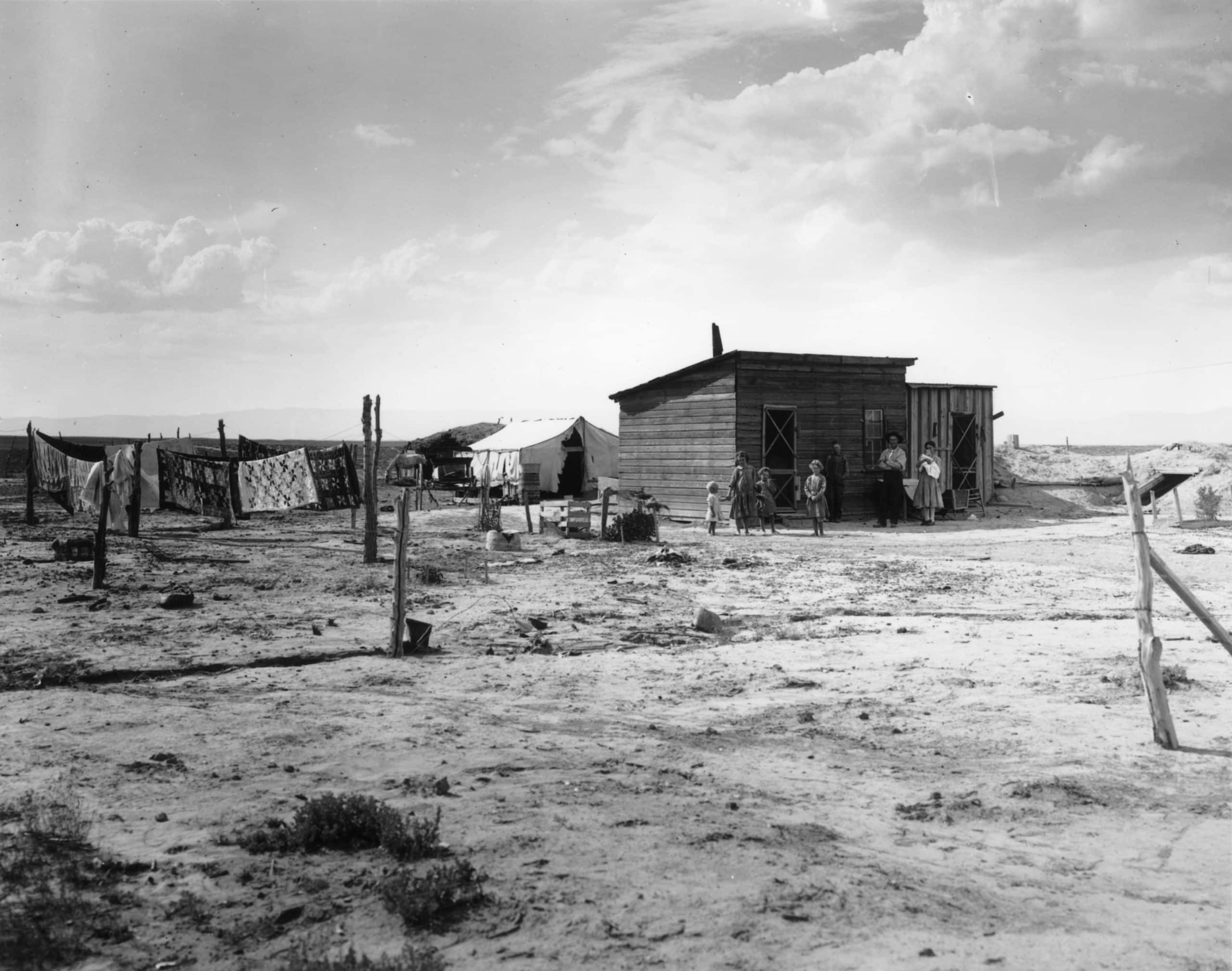
The Dust Bowl refers to the area that was affected by major droughts and dust storms during the Great Depression. Shortly after the Great Depression began, the Southern Plains experienced a severe drought, followed by dust storms that destroyed agriculture in this portion of the US. Many families moved out of the area when farming was no longer sustainable while others lost their farms and were faced with extreme poverty.
King Philip II’s Invasion of England

King Phillip II sent the Spanish Armada to invade England in 1588. The Spanish fleet was attacked before they reached England. If that wasn’t enough to send the fleet back to Spain, extreme storms destroyed a good portion of the remaining fleet. Queen Elizabeth believed the weather was caused by divine intervention.
Kamikaze
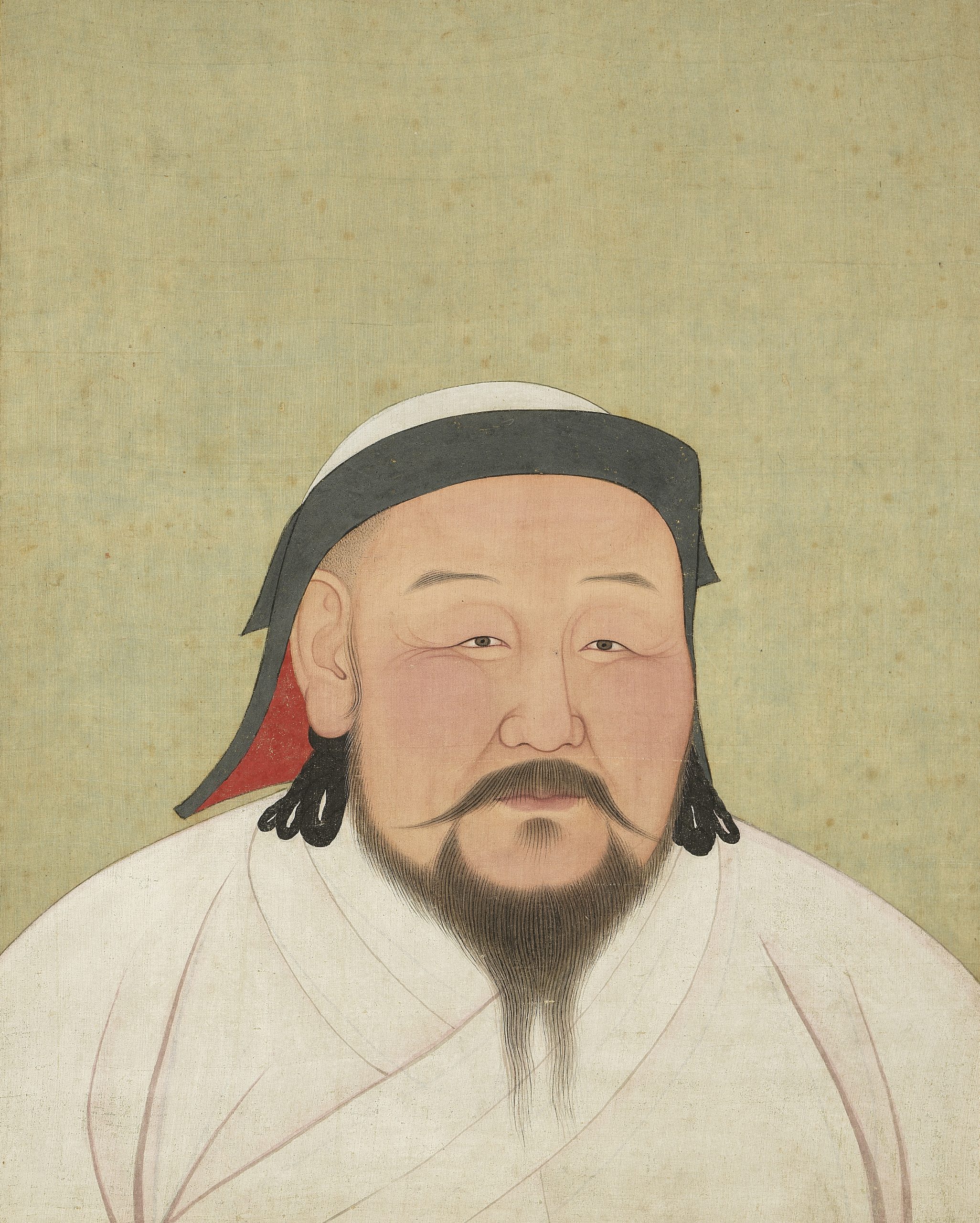
In 1274 and 1281, two tropical cyclones changed the fate of Japan. Before the storms hit, Kublai Khan sent his fleet to invade Japan. Before both attempted invasions, a massive storm destroyed his fleet, leading to two failed attempts at conquering Japan. The name Kamikaze, meaning divine wind, was used to describe the event since the storms were perceived to be an act of divine intervention.
Battle of Long Island
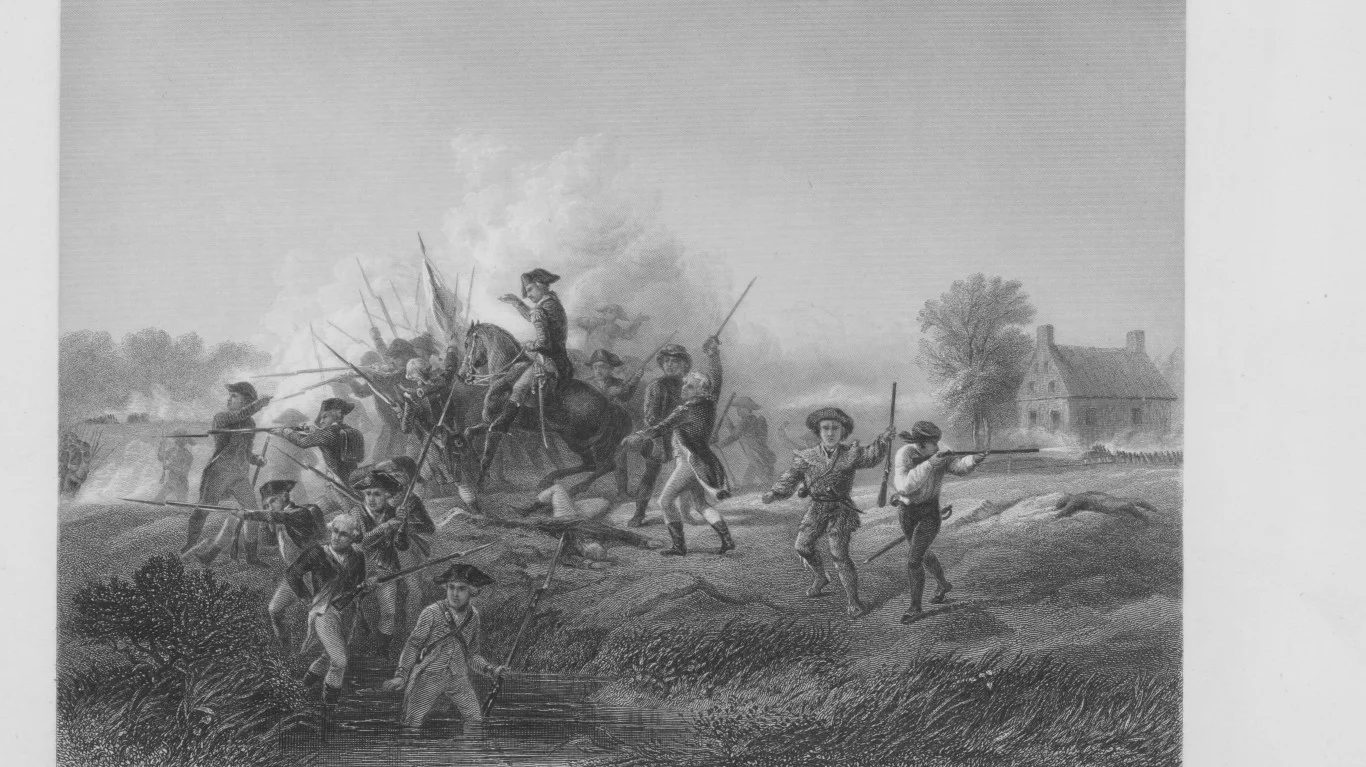
The Battle of Long Island took place during the American Revolutionary War in 1776. Although this battle was a victory for the British against the American Continental Army, many of the American soldiers were saved due to the weather. General Washington was able to withdraw his men from Long Island because of a thick fog that covered the men who were retreating.
Napoleon’s Attempted Invasion of Russia
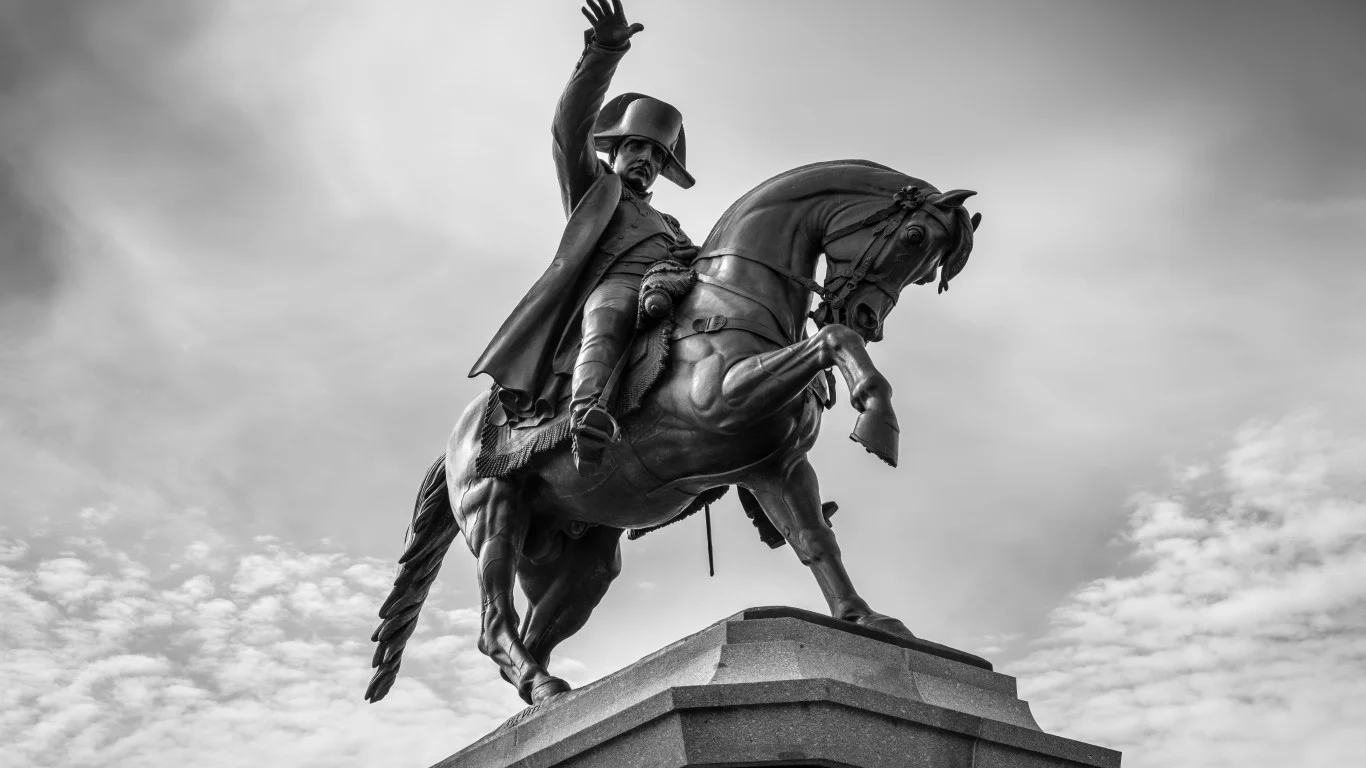
Napoleon Bonaparte, the emperor of France, decided to invade Russia in 1812. Although it’s believed that thousands of French soldiers did make it into Russia, the invasion was unsuccessful. Napoleon’s army was able to capture the Russian city of Vilna. However, extreme weather in the form of a hail storm killed many of the French troops.
Salem Witch Trials
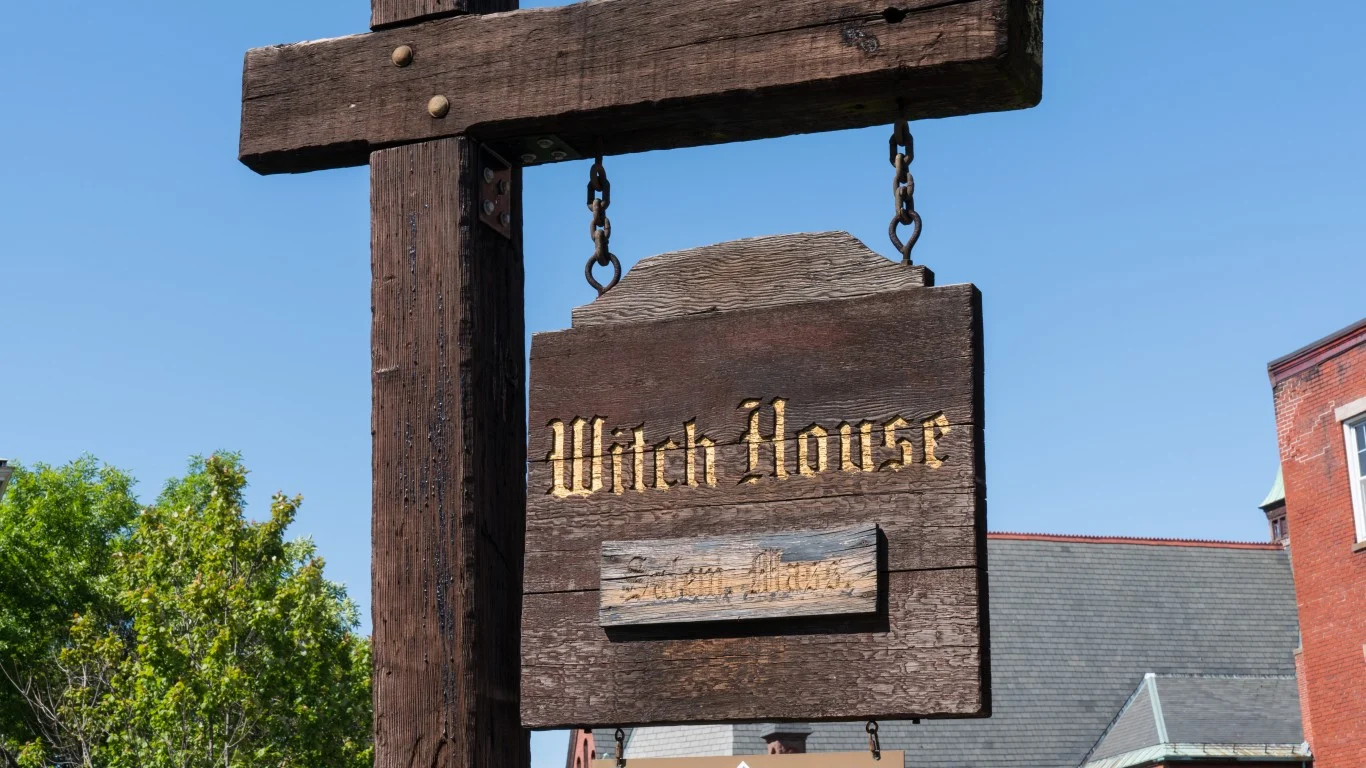
The Salem Witch Trials, which took place from 1692-1693, started after suspicions of witchcraft spread throughout Salem, Massachusetts. While many factors led to the Salem Witch Trials, extreme weather played a role as well. What we now call the Little Ice Age took place during the trials, bringing extreme temperatures and lots of snow. Many of the Puritans believed that witches could control the weather and blamed the Little Ice Age on those practicing witchcraft.
The French Revolution
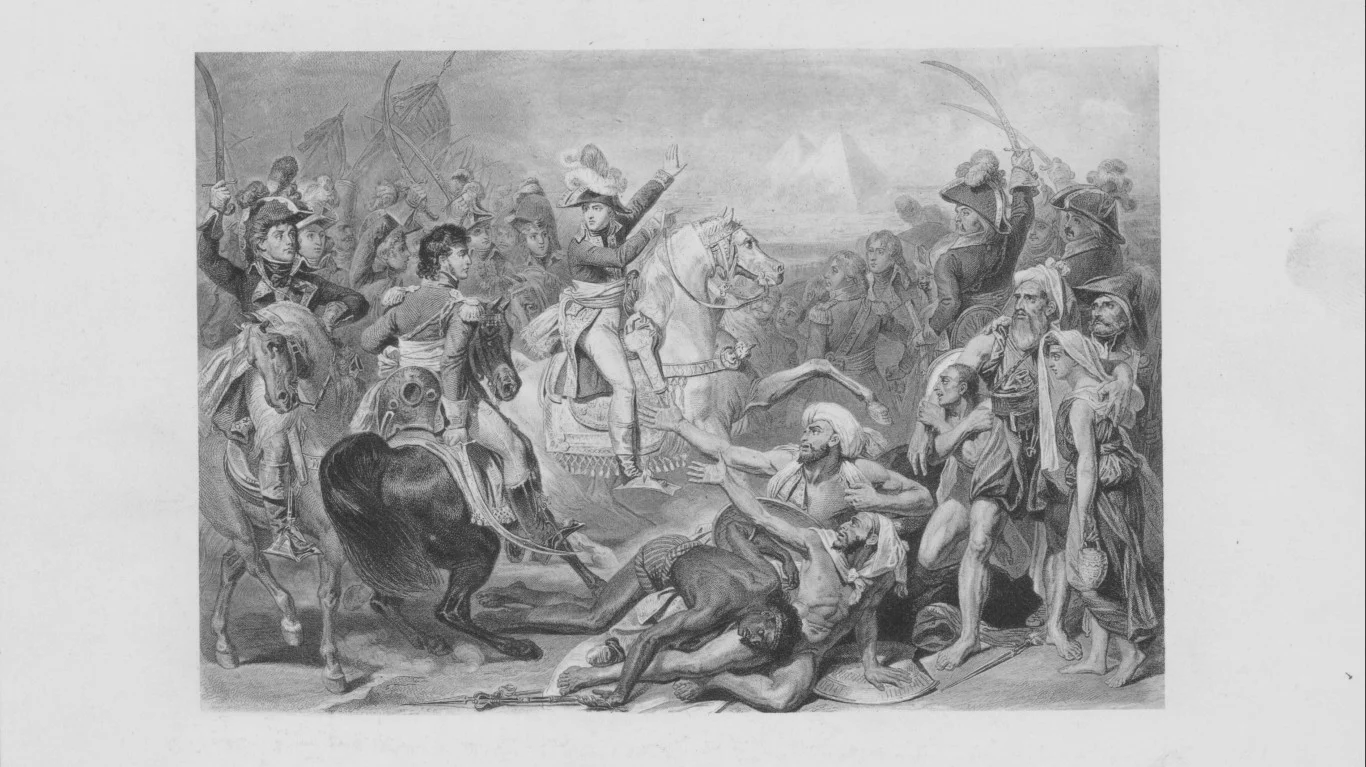
The cold weather that contributed to the Salem Witch Trials also contributed to the start of the French Revolution. The French Revolution started in the late 1700s, but the economy was already suffering by the 1760s. The Little Ice Age made it even more difficult for farmers to grow crops. This cold weather combined with a volcanic eruption in Iceland and a severe El Niño led to unrest across Europe.
Operation Barbarossa
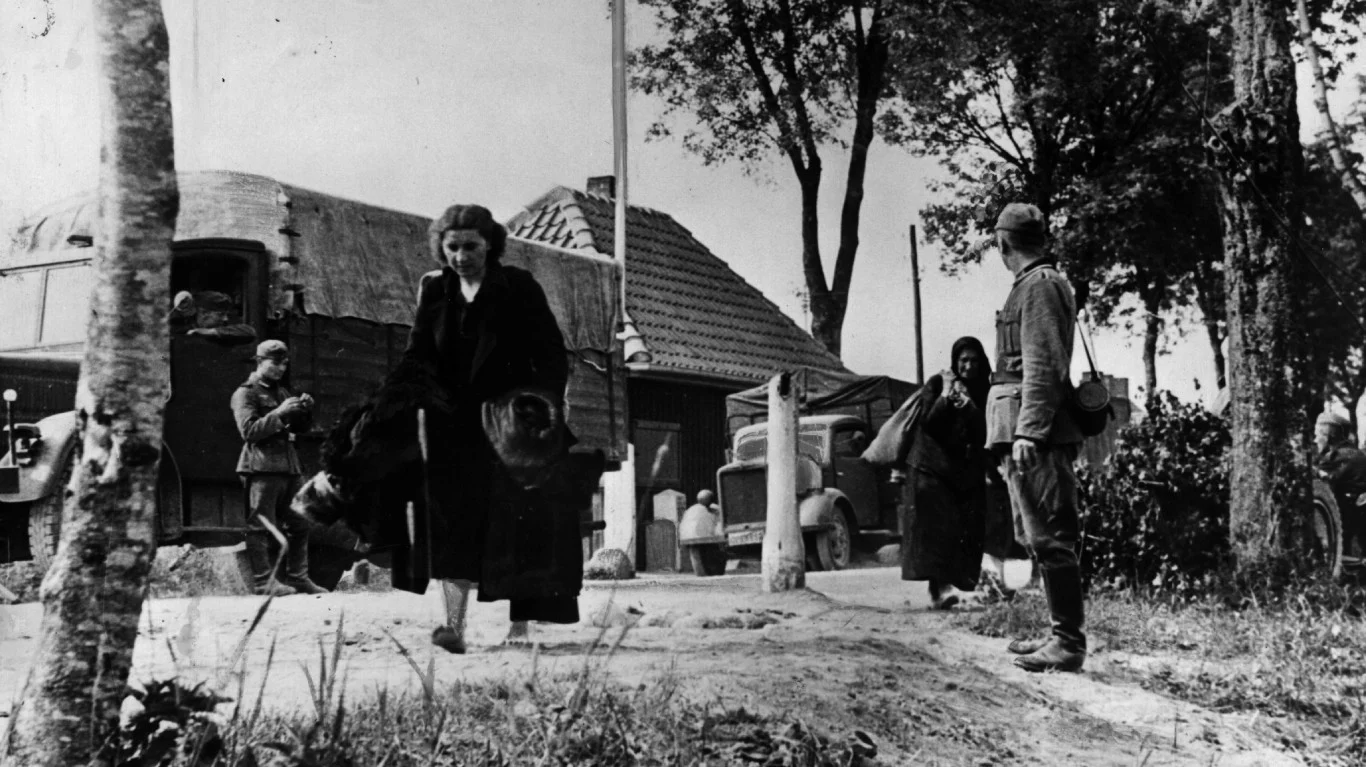
In 1941, Hitler attempted to invade the Soviet Union in an event known as Operation Barbarossa. The timing of the invasion is part of what led to their attack on Russia ultimately failing. Once winter temperatures hit Russia, frostbite started to impact the German troops. The German troops were not prepared to deal with the extreme temperatures. Germany had lost about 730,000 troops by November 1941. (Don’t miss 16 Once-Important Wars No One Remembers Now.)